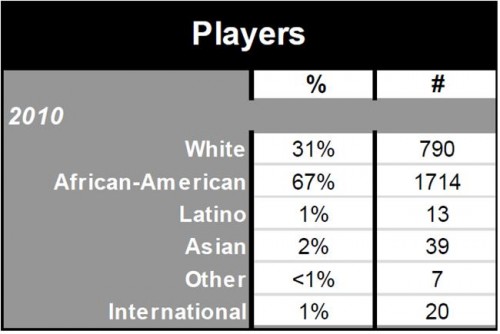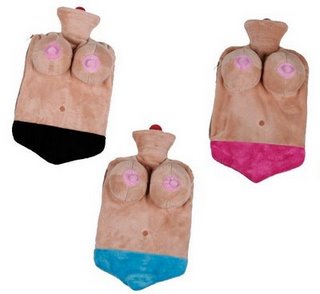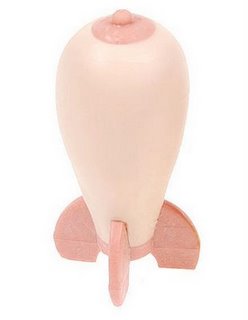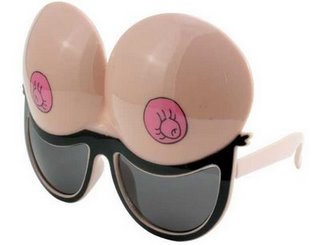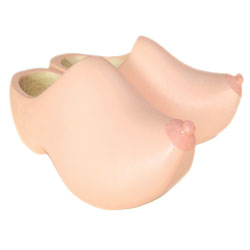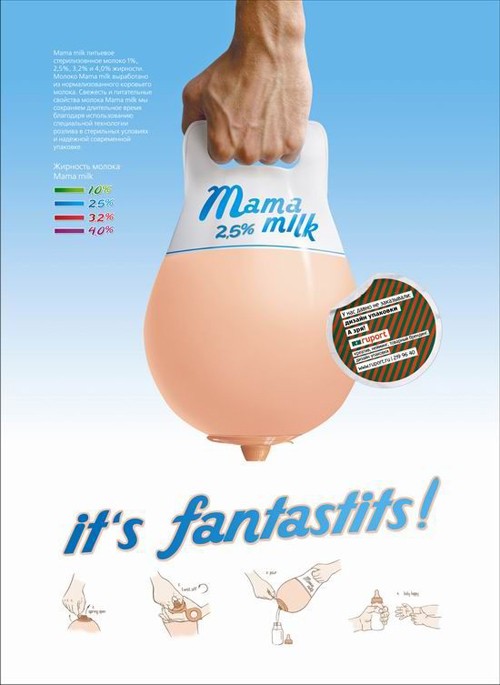Cross-posted at Reports from the Economic Front.
The media has focused on the lack of jobs as a major election issue. But the concern needs to go beyond jobs to the quality of those jobs.
As a report by the National Employment Law Project makes clear, we are experiencing a low wage employment recovery. This trend, the result of an ongoing restructuring of economic activity, has profound consequences for issues of poverty, inequality, and community stability.
The authors of the report examined 366 occupations and divided them into three equally sized groups by wage. The lower-wage group included occupations which paid median hourly wages ranging from $7.69 to $13.83. The mid-wage group range was from $13.84 to $21.13. The higher-wage group range was from $21.14 to $54.55.
The figure below shows net employment changes in each of these groups during the recession period (2008Q1 to 2010Q1) and the current recovery (2010Q1 to 2012Q1). Specifically:
- Lower-wage occupations were 21 percent of recession losses, but 58 percent of recovery growth.
- Mid-wage occupations were 60 percent of recession losses, but only 22 percent of recovery growth.
- Higher-wage occupations were 19 percent of recession job losses, and 20 percent of recovery growth.
The next figure shows the lower-wage occupations with the fastest growth and their median hourly wages. According to the report, three low-wage industries (food services, retail, and employment services) added 1.7 million jobs over the past two years, 43 percent of net employment growth. According to Bureau of Labor Statistics projections these are precisely the occupations that can be expected to provide the greatest number of new jobs over the next 5-10 years.
 As the final figure shows, the decline in mid-wage occupations predates the recession. Since the first quarter of 2001, employment has grown by 8.7 percent in lower-wage occupations and by 6.6 percent in higher-wage occupations. By contrast, employment in mid-wage occupations has fallen by 7.3.
As the final figure shows, the decline in mid-wage occupations predates the recession. Since the first quarter of 2001, employment has grown by 8.7 percent in lower-wage occupations and by 6.6 percent in higher-wage occupations. By contrast, employment in mid-wage occupations has fallen by 7.3.

Significantly, as the report also notes, “the wages paid by these occupations has changed. Between the first quarters of 2001 and 2012, median real wages for lower-wage and mid-wage occupations declined (by 2.1 and 0.2 percent, respectively), but increased for higher-wage occupations (by 4.1 percent).”
A New York Times article commenting on this report included the following:
This “polarization” of skills and wages has been documented meticulously… A recent study found that this polarization accelerated in the last three recessions, particularly the last one, as financial pressures forced companies to reorganize more quickly.
“This is not just a nice, smooth process,” said Henry E. Siu, an economics professor at the University of British Columbia… “A lot of these jobs were suddenly wiped out during recession and are not coming back.”
Steady as she goes is just not going to do it and changes in taxes and spending programs, regardless of how significant, cannot compensate for the increasingly negative trends generated by private sector decisions about the organization and location of, as well as compensation for production.









